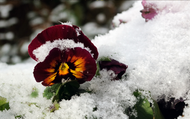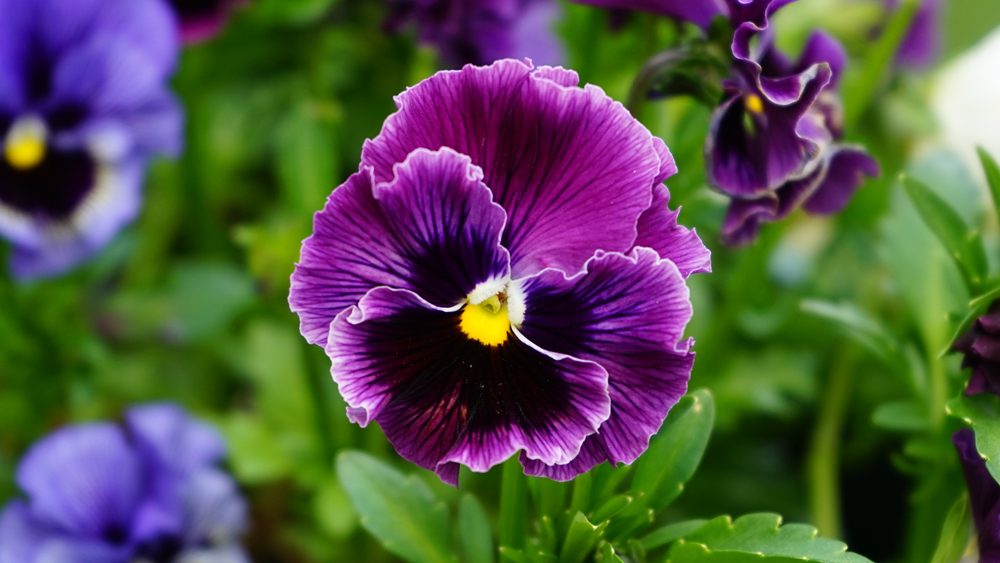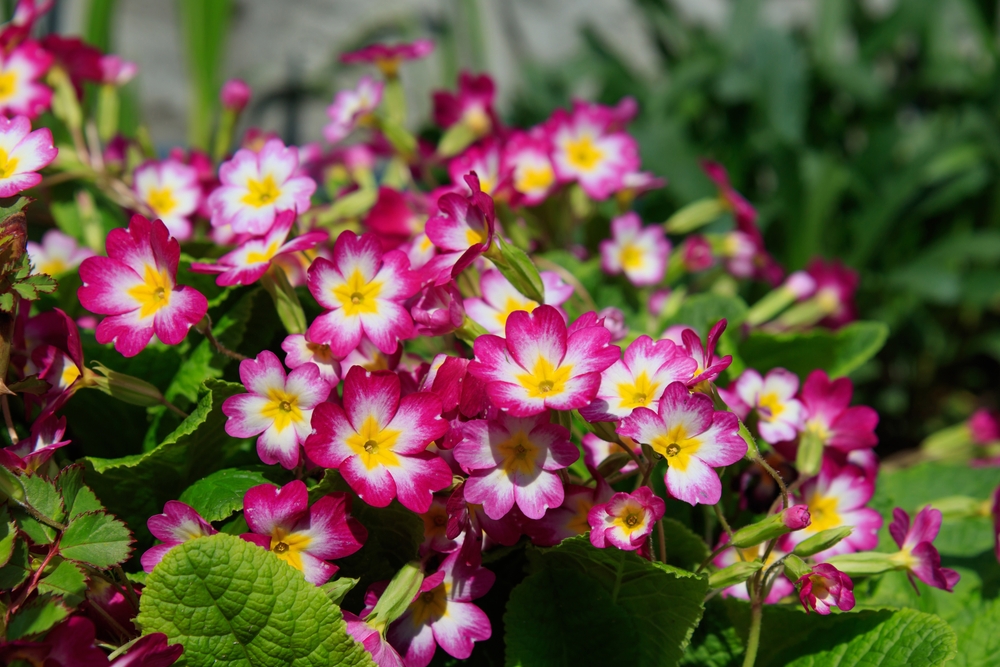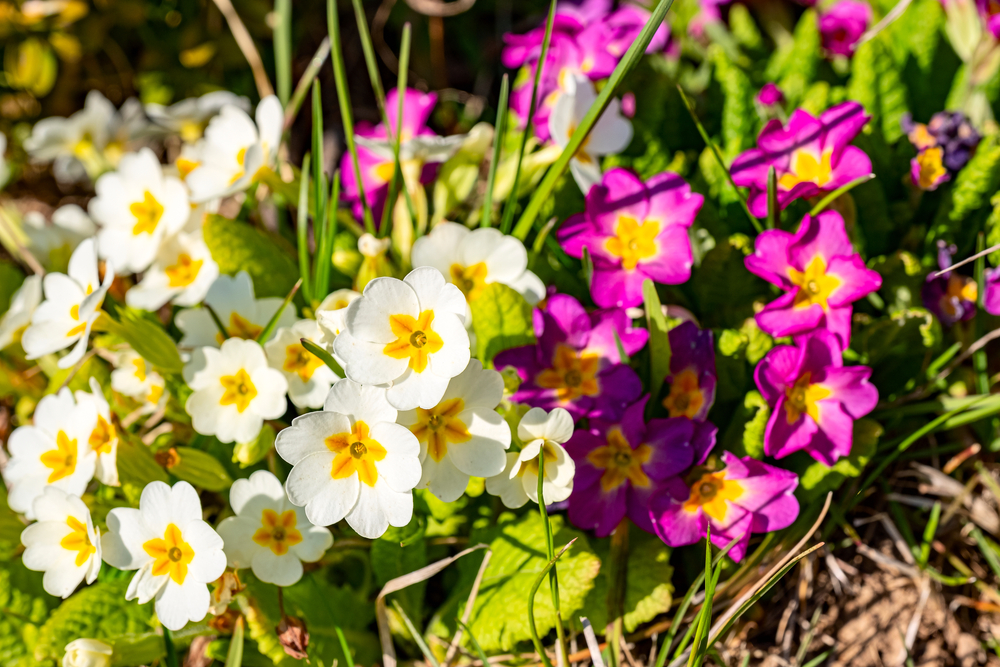Posted by Esther Roberts on 11th Aug 2021
When to plant winter bedding plants

Although the weather is getting worse and you’ll want to spend less time outside, winter gardens need love too! Annual plants (also known as bedding plants) can add a great amount of interest and colour to the garden in the colder months, brightening your outside space and lifting up your spirits in the dark days of winter.
Most bedding plants only bloom during spring/summer, adding winter bedding allows you to extend the flowering season of your outside space.
When to plant
The best time to plant your winter bedding plants is during September and early October. This is due to the lingering warmth in the soil during this pre-winter time frame, which prepares your plants to produce more flowers over winter. This period also helps to give your plants a better chance to grow sturdy roots and flowers and support faster growth.
When is it too late to plant?
Since the plants use the lingering warmth from September and October, it is best to get the plants into the ground before the first frost. Some of the hardier winter species, like pansies, can be planted from late October to November time.
The main reason for planting winter bedding earlier is to ensure that the plants have had enough time to develop robust roots. With a strong foundation, firmly cemented in the ground, it makes the plants more likely to survive a harsh winter.
Most popular winter varieties
Polyanthus Snow White
Stella Pink Champagne
Tips to help care for your winter bedding plants
- Pinch out flower heads that have finished blooming to preserve nutrients. But don’t worry, new buds will appear, producing more flowers that will last for longer.
- Fertilise your plants after planting, during late autumn and again in spring.
- It may be winter, and our plants may be sturdy but ensure that they’re facing the sun to help them thrive.
- Check your plants weekly for any dryness and water as needed.




